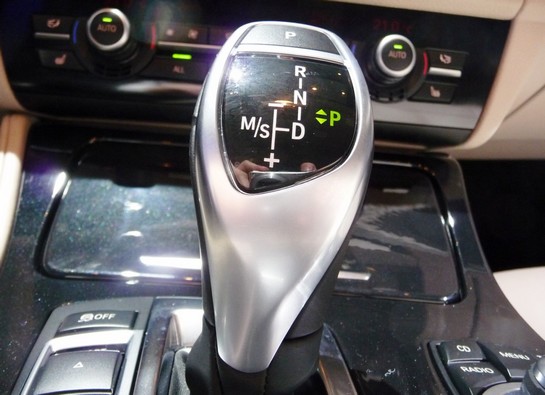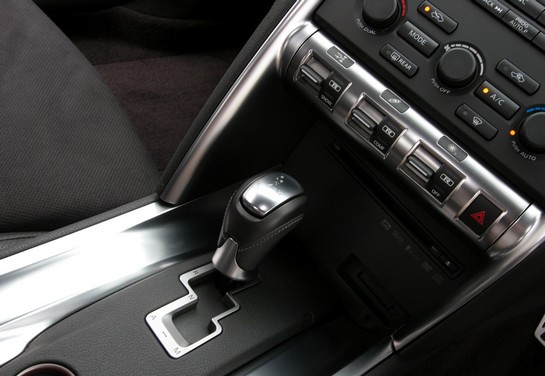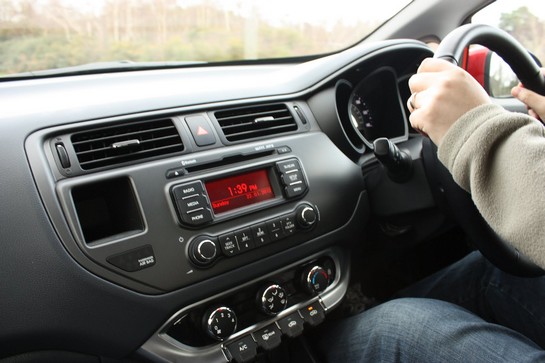The stop-start nature of urban driving can be stressful to the car as well as the driver, so give it some help. Some drivers think you can be lazy about gears in town, especially in queues where they may only be moving a short distance at a time. But incorrect use of the gears puts strain on the car’s transmission and engine while increasing noise and fuel consumption, which harms the environment as well as your pocket.
If you were driving on a clear road you wouldn’t dream of holding first gear for any longer than necessary: it’s supposed to be the gear to get you moving. We all know that changing up reduces the engine speed making the car quieter but it also allows the engine to work more efficiently because you are maintaining the same road speed at lower engine revs. So, if you do even 50 metres in second or third gear instead of first, the effort of the gear changes will be rewarded with less noise and vibration and reduced fuel costs. The improvement in economy is small, but over a long trip or a week’s commuting, it adds up.
However, using too high a gear is just as harmful, if not more so. Many cars will pull at just over 30 mph in top gear so the temptation for mechanically unsympathetic drivers in town traffic is to stick it in top and put up with the occasional judder when they let the speed drop too low. That judder is the engine’s insides vibrating as it tries to pull the car forwards without being able to develop the torque (pulling power) needed for the job asked of it. It isn’t good for the engine or fuel consumption. In addition, using top gear robs you of some of the control a lower gear gives, so the car’s speed more easily increases without you being aware and then it won’t lose it quickly enough when you come off the throttle, so you have to brake harder.
By dropping a gear you give the engine more leeway to cope with slight changes in speed and you grant yourself more control.
That judder is also irritating to many passengers and if they are more mechanically sensitive than you it lets them know you are not a driver who takes pride in the task or cares anything about the car or the environment. In short, it reduces their faith in your abilities on the road.

The right gear is something you have to learn. Nobody can tell you what the right gear for a given situation is because there are too many variables. It is affected by the gear ratios, the rev range over which the engine develops usable torque, what load the car is carrying, your road speed and whether the road goes up or down. Listen to the engine: if it sounds busy, try changing up; if it sounds as if it is struggling, change down.
The most efficient gear is usually the one that keeps the engine a few hundred revs either side of the point at which it develops peak torque (check your handbook), though some cars, especially diesels, develop useful torque over such a wide rev range that they can pull efficiently from very low revs.










